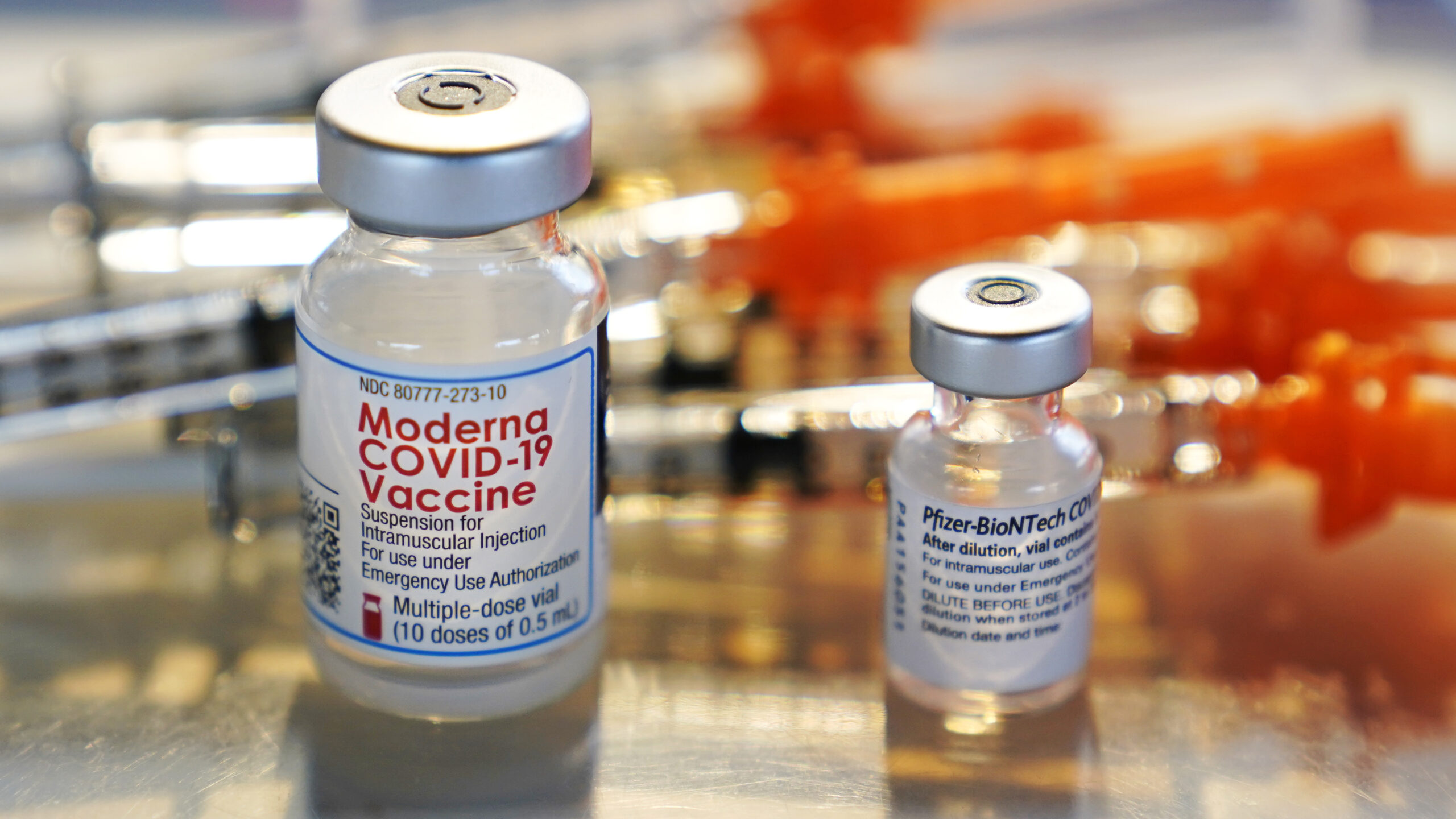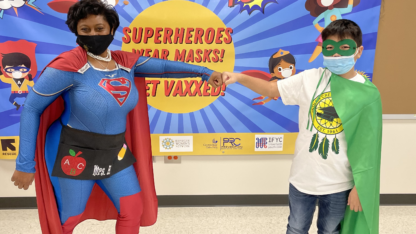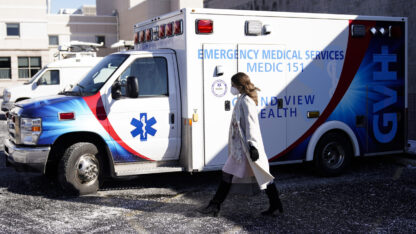Data shows the gap in COVID-19 vaccination rates between Black and white residents of Georgia has basically closed.
The Atlanta Journal-Constitution reports state numbers show the rate of Black Georgians who have been vaccinated with at least one shot is now 52.3%, compared to 53% for whites.
The rates for both groups are about 10 percentage points below the overall state average for COVID-19 vaccination, according to the state Department of Public Health. Hispanics (55%), Native Americans (69.7%) and Asian Americans (94.9%) all have higher vaccination rates.
But the state remains one of the least vaccinated in the country. DeKalb County Health Director Dr. Sandra J. Valenciano said she and others continue to push community outreach, campaigns to combat misinformation and mobile clinics across Georgia.
“COVID-19 is essentially here to stay,” Valenciano told the newspaper. “If you are fully vaccinated, and you are eligible for the booster, get your booster. If you’re not vaccinated getting your vaccine protects you and it helps protect your community.”
Two years into the pandemic and even with the rise in vaccinations among Black residents, the coronavirus continues to disproportionately harm them.
Nationally, African Americans are between two and three times more likely to be hospitalized for COVID-19 than a non-Hispanic white person of the same age, federal data show.
Dr. Lilly Immergluck, a professor and director of the Pediatric Clinical & Translational Research Unit at Morehouse School of Medicine, said African Americans are more likely to lack health insurance or a primary care doctor. They are more likely, she said, to work in higher-risk front-line jobs and have other health conditions that make them more vulnerable to COVID-19.
“COVID just magnifies the pre-existing situation we’ve had all along with health disparities and inequities,” Immergluck said.
Early in the pandemic, Black residents accounted for nearly half of hospitalizations and deaths, while only making up a third of the state’s population. That disparity has declined, with African Americans now accounting for 44% of hospitalizations and about a third of deaths.
Dr. Samira Brown, a Covington pediatrician, said many of her patients don’t know about COVID-19 treatments beyond vaccines and still struggle to access testing. Nationally, access to antiviral pills and monoclonal antibody therapies is unequal, a recent Centers for Disease Control and Prevention report showed.
“Trust and access are huge issues especially for the black community,” she said.
Rural Hancock County in eastern Georgia, where 71% of residents are Black, has the country’s third-highest death rate from COVID-19.
One of Georgia’s poorest counties, its hospital closed two decades ago. Today the 8,700-resident county has two full-time physicians and a third who practices part-time there.
Hancock County Coroner Adrick Ingram, who also owns a funeral home, said the respiratory illness has worn him down.
“Seeing people that I know, literally I know, that have passed from COVID when I walk through the door,” he said.
The virus has killed friends and political supporters. Ingram said after the stress from the pandemic, he no longer plans to seek a third term in 2024.
“I think a lot of the deaths could have been prevented,” he said.










